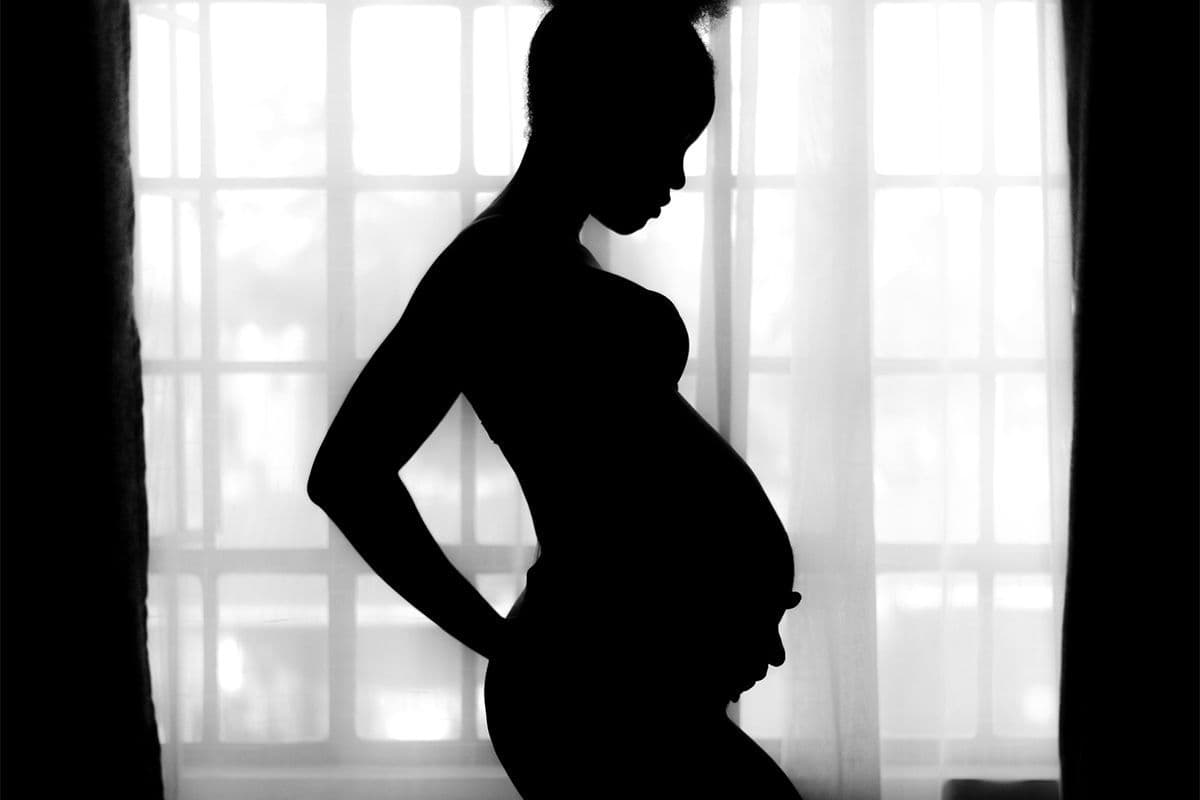Flu Vaccination Not Just Safe But Protective During Pregnancy
Pregnancy Safety
Obie Editorial Team
 Medical researchers at Emory University in Atlanta, Georgia, used the 2009 bird flu pandemic to study the effects of the flu vaccine on pregnancy and birth outcome. Their findings, recently published in the journal Clinical Infectious Diseases, proved better than anticipated. The flu vaccine is not just safe for mother and baby, it’s actually protective of the baby, too.
Medical researchers at Emory University in Atlanta, Georgia, used the 2009 bird flu pandemic to study the effects of the flu vaccine on pregnancy and birth outcome. Their findings, recently published in the journal Clinical Infectious Diseases, proved better than anticipated. The flu vaccine is not just safe for mother and baby, it’s actually protective of the baby, too.
Many mothers-to-be are hesitant to get vaccinated for fear the vaccine is not safe for the child they carry. Before the 2009 pandemic, the vaccination rate for pregnant women in the United States held pretty steady each year at 13 to 18 percent. The H1N1 strain of flu that swept the globe in 2009 was virulent enough to spark greater interest in flu shots during pregnancy. The vaccination rate that year reached about 45 percent for all pregnant women in the US. The vaccination rate for pregnant women has remained at about 45 percent since then.
To assess the safety of the flu shot during pregnancy, the Emory University research team analyzed electronic medical records for live births within the Kaiser Permanente system in Georgia and the Mid-Atlantic states. The data was divided into two groups: mothers who got the H1N1 flu shot and mothers who did not.
In the vaccinated group of 1,125 mothers, there were:
- 86 preterm births, or 7.6 percent of all births in this group
- 68 births of low birth weight (LBW), 6.4 percent
- 99 small for gestational age (SGA) birth, 9.3 percent
- Mean birth weight was 3,308.5 grams, or 7.29 pounds
In the group of 1,581 unvaccinated mothers, there were:
- 191 preterm births, or 12.1 percent
- 132 LBW births, 8.8 percent
- 123 SGA births, 8.2 percent
- Mean birth weight was 3,245.3 grams, or 7.15 pounds
While the differences in LBW and SGA births in both groups are considered medically insignificant, the difference in preterm births is significant. Mothers vaccinated during pregnancy reduced the odds of preterm birth by 37 percent.
Emory University’s Dr. Saad Omer, senior author of the study’s findings, says, “Our thinking is that by preventing flu infection, we are reducing the likelihood of inflammation in pregnant women and therefore having a protective effect against preterm birth.”
During the flu pandemic of 2009, special vaccines were developed that involved strains of only the H1N1 flu virus but the standard flu vaccine was available, too. The standard vaccine administered each year contains strains from three different flu viruses.
Source: Richards, Jennifer L., et al. "Neonatal Outcomes After Antenatal Influenza Immunization During the 2009 H1N1 Influenza Pandemic: Impact on Preterm Birth, Birth Weight, and Small for Gestational Age Birth." Clinical Infectious Diseases. 4 Apr 2013. Web. Retrieved 7 Nov 2013.









